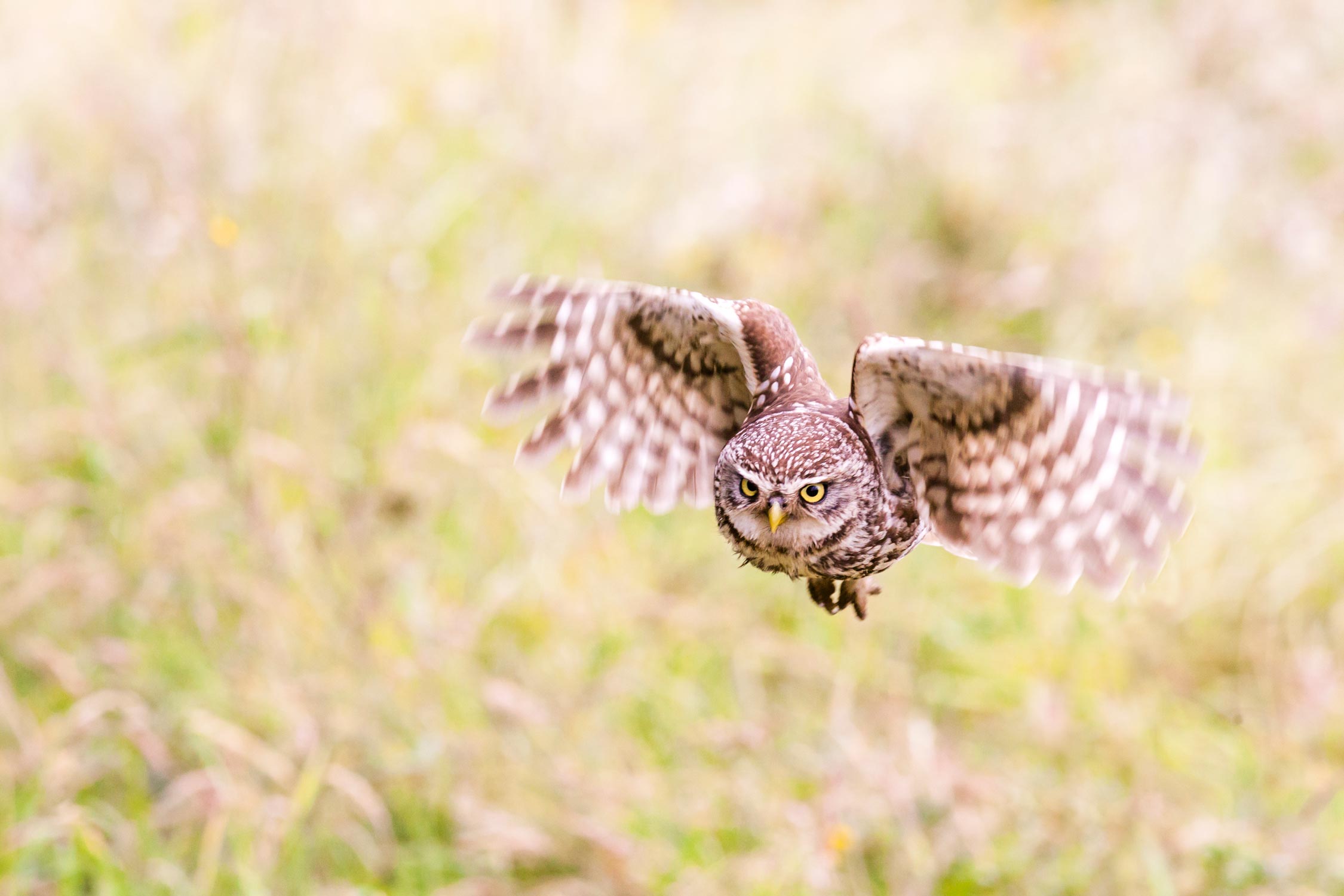Flying Bird Photography Techniques
Wildlife photography is an extremely popular area of photography Capturing birds in flight is one of the most challenging and rewarding shots to capture in all of photography especially when there is often no second chance.
In this video we going have a look at:
- The gear you will need
- Discuss the settings that will produce the most consistent results
- Go through a couple of techniques for actually shooting the shot.
Gear
Any modern DSLR will be good enough for capturing birds in flight. Many photographers talk about the extra reach a cropped sensor camera gives but I really would not worry about this. This is not the limiting factor in capturing great shots. It is much better to choose a camera with great auto focus system.
A good long lens is a must for wildlife photography. These lenses can get expensive but the combination of length, quality and auto focus speed are what really matter. Cheaper kit style long lenses like a Cnon 70-300 often just will not focus quickly enough to capture a bird in flight no matter what camera you put it on.
Something like the Canon 400mm f5.6L is ideal and won't break the bank entirely. Check out my review of this here - https://www.firstmanphotography.com/reviews/canon-400mm-f5-6l-review
IS is not massively important because we use such a fast shutter speed that will freeze the action but a lens with lateral IS can really help tracking your subject.
You may also want a tripod or mono pod to assist if your gear starts to get heavy.
Settings
So once you have the gear we need to think about the settings we're going to use.
The first thing to set is the Focus mode.
Continuous auto focus is where you need to be. They have different names on different cameras but it want Ai servo on a Canon or afc on nikon. Where one shot focus locks in on the subject this will continue to adjust focus every time the subject moves in relation to your camera. This is what you want when tracking the bird.
You will need to keep the bird over your focus point. I use the centre focus point but this is personal taste. If your camera supports it, try using the five centre focus points or just try it on auto.
Next is our main camera mode. You can use shutter priority mode but we should start as we mean to go on so flick the camera into manual. This may sound scary but once you have practiced a bit the settings are simple and make a lot of sense.
Firstly shutter speed should be set at least 1/1000 second. This will ensure the bird is frozen and sharp. You can increase your chances of getting a sharp shot by stopping down to increase your depth of field. Use around f/7.1 or f/8 if lighting conditions are reasonable. You then need to use ISO to balance your exposure depending on your light. Many long lenses have max apertures ranging from f/4 to f/6.3 so you can expect to be using ISO settings of up to ISO 1250, especially if you stop down. To keep your image clean I would resist going beyond 1250.
Technique
I am a big fan of hand-holding and it's where I get the most positive results. It is also why I love the 400mm f5.6L because it's not too heavy and I can handhold it all day meaning I can more mobile. The technique I use is to plant my feet and then twist at the hips. See the video.
You can also have the camera on a monopod that gives you a small amount of movement. For heavy lenses you will need a gimbal head for your tripod that will provide good movement and the ability to properly track your bird.
So that's the basics, and probably the easy bit. You then need to go out and start finding our feathered friends. They are not always too keen to fly nicely in front of your lens so when the opportunity comes, don't miss.
Subscribe to the YouTube channel.
Other Videos - https://www.firstmanphotography.com/reviews/canon-400mm-f5-6l-review
Check out my good friend, and awesome nature photographer, Lyle McCalmont who gets me into all the right spots to shoot birds in flight. Thanks for letting me use your images again.
Check out the gear used in this video:
Canon 400mm f5.6L - UK - https://www.firstmanphotography.com/get/canon-400mm-f5-6l-uk Canon 400mm f5.6L - US - https://www.firstmanphotography.com/get/canon-400mm-f5-6l-us

